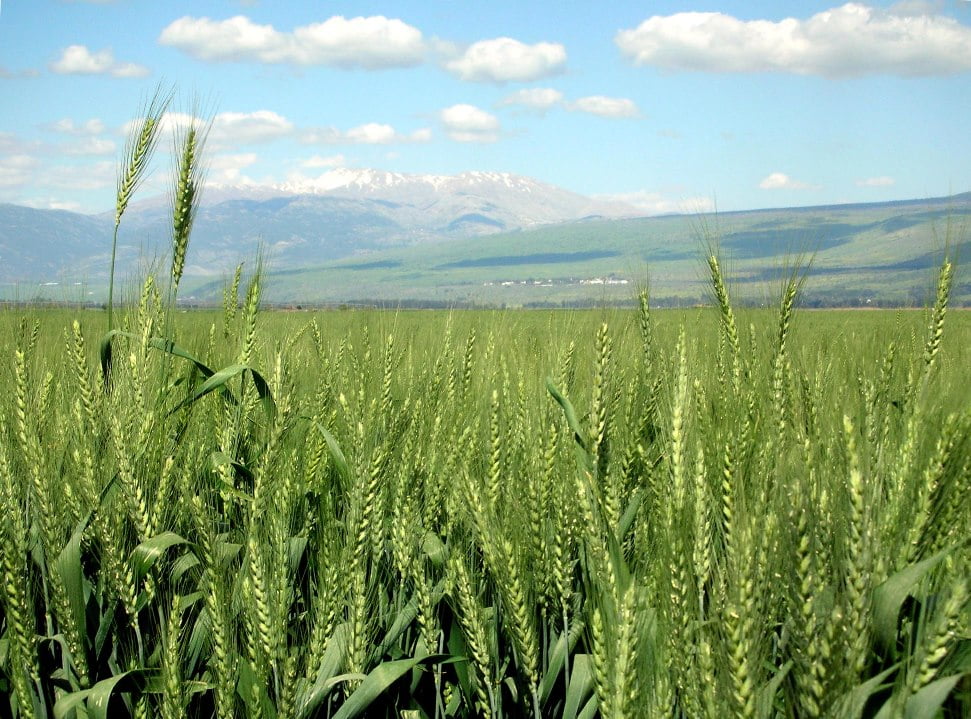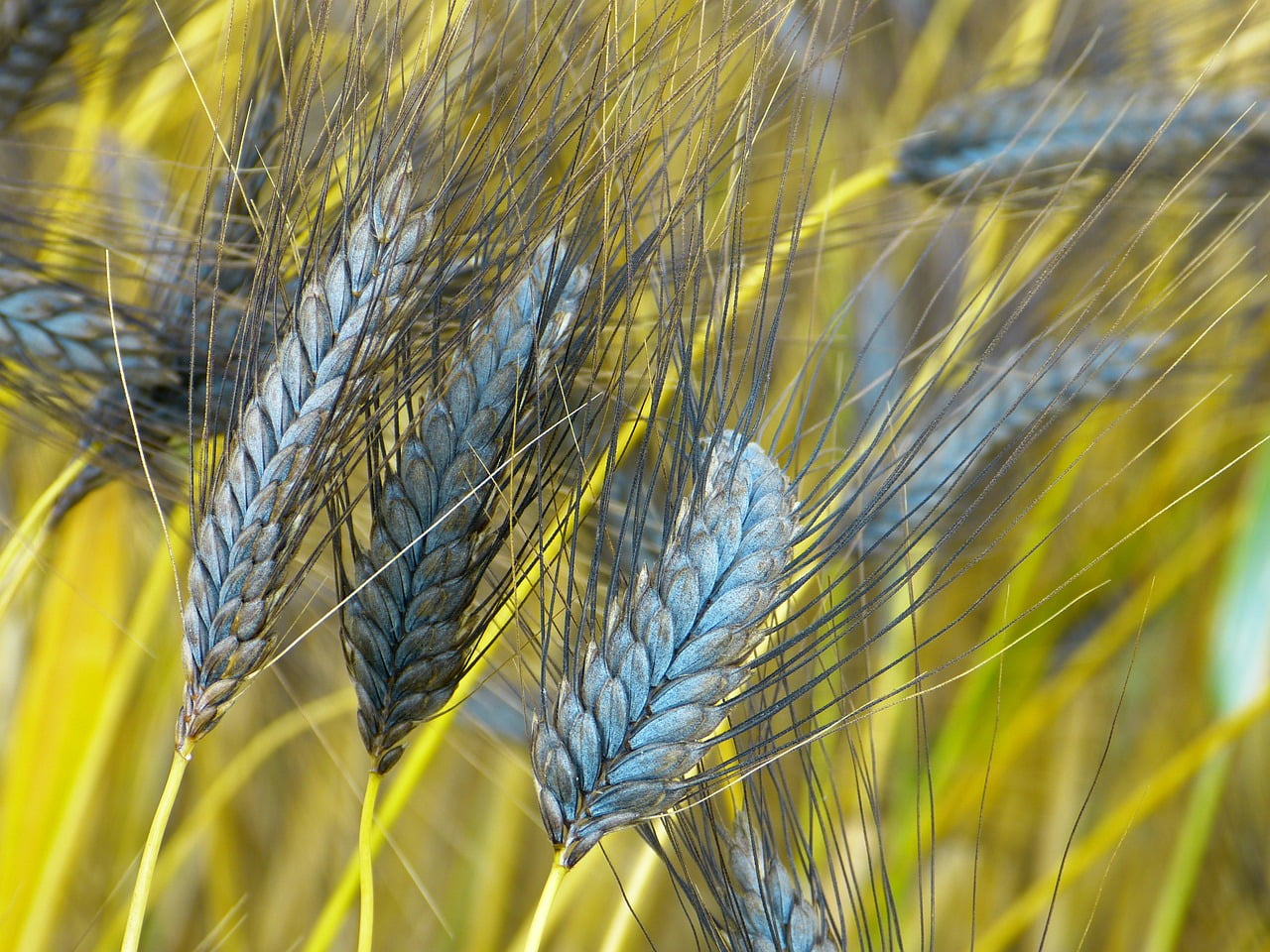Open any history book and you’re likely to find that the practice of agriculture was invented 12,000 years ago in the Levant, an area in the Middle East that was home to some of the first human civilizations. But a new discovery recently made in Northern Israel seems to have shattered the myth on the advent of agriculture, offering up exciting evidence that trial plant cultivation, what we call agriculture, began far earlier – some 23,000-years-ago.
SEE ALSO: Why Thriving Civilizations Perished In The Levant
Researchers from Israel’s Tel Aviv, Bar-Ilan and Haifa Universities, with participation from Harvard, recently uncovered the first weed species at the site of a sedentary human camp on the shore of Israel’s Sea of Galilee, the location where prehistoric communities cultivated the first plants for human consumption.
“While full-scale agriculture did not develop until much later, our study shows that trial cultivation began far earlier than previously believed, and gives us reason to rethink our ancestors’ capabilities,” TAU’s Prof. Marcelo Sternberg said in a statement. “Those early ancestors were more clever and skilled than we thought.”
‘Our ancestors were more clever and skilled than we thought’
Though weeds are typically considered a threat or nuisance in contemporary farming, their presence at the site of the findings revealed the earliest signs of trial plant cultivation — some 11 millennia earlier than conventional historical thought regarding the onset of agriculture.
SEE ALSO: 5,000-Year-Old Egyptian Brewery Discovered In Israel
The site, which was built by fisher-hunter-gatherers, was found to be unusually well-preserved, having been charred, covered by lake sediment, and sealed in low-oxygen conditions — ideal for the preservation of plant material. Hence, weed species and harvesting tools found at the site provide clear evidence of early farming.
Sign up for our free weekly newsletter
Subscribe“This uniquely preserved site is one of the best archaeological examples worldwide of the hunter-gatherers’ way of life,” Sternberg says.
Prehistoric plant cultivation
The site bears the remains of six shelters and a particularly rich assemblage of plants. Upon retrieving and examining 150,000 plant specimens, the researchers determined that early humans there had gathered over 140 species of plants. These included 13 known weeds mixed with edible cereals, such as wild emmer (wheat), wild barley, and wild oats.
The researchers found a grinding slab — a stone tool with which cereal starch granules were extracted — as well as a distribution of seeds around this tool, reflecting that the cereal grains were processed for consumption. The large number of cereals showing specific kinds of scars on their seeds indicate the likelihood of those cereals growing in fields, and the presence of sickle blades indicates that these humans deliberately planned the harvest of cereal.
This groundbreaking study offers evidence that early humans clearly functioned with a basic knowledge of agriculture and, perhaps more importantly, exhibited foresight and extensive agricultural planning far earlier than was previously believed.
The study was recently published in PLOS ONE and led by Prof. Ehud Weiss of Bar-Ilan University, in collaboration with Prof. Marcelo Sternberg of the Department of Molecular Biology and Ecology of Plants at TAU’s Faculty of Life Sciences and Prof. Ofer Bar-Yosef of Harvard University, among other colleagues.
Photos: H20, Zachi Evenor
Related posts

Resilient And Nutritious New Plant-Based Milk Aims To Make A Splash

Chocolate From Cultivated Cocoa Comes Without Environmental Toll

Plastic Fantastic: Startup Takes PVC Back To Its Crude Oil Roots







Facebook comments